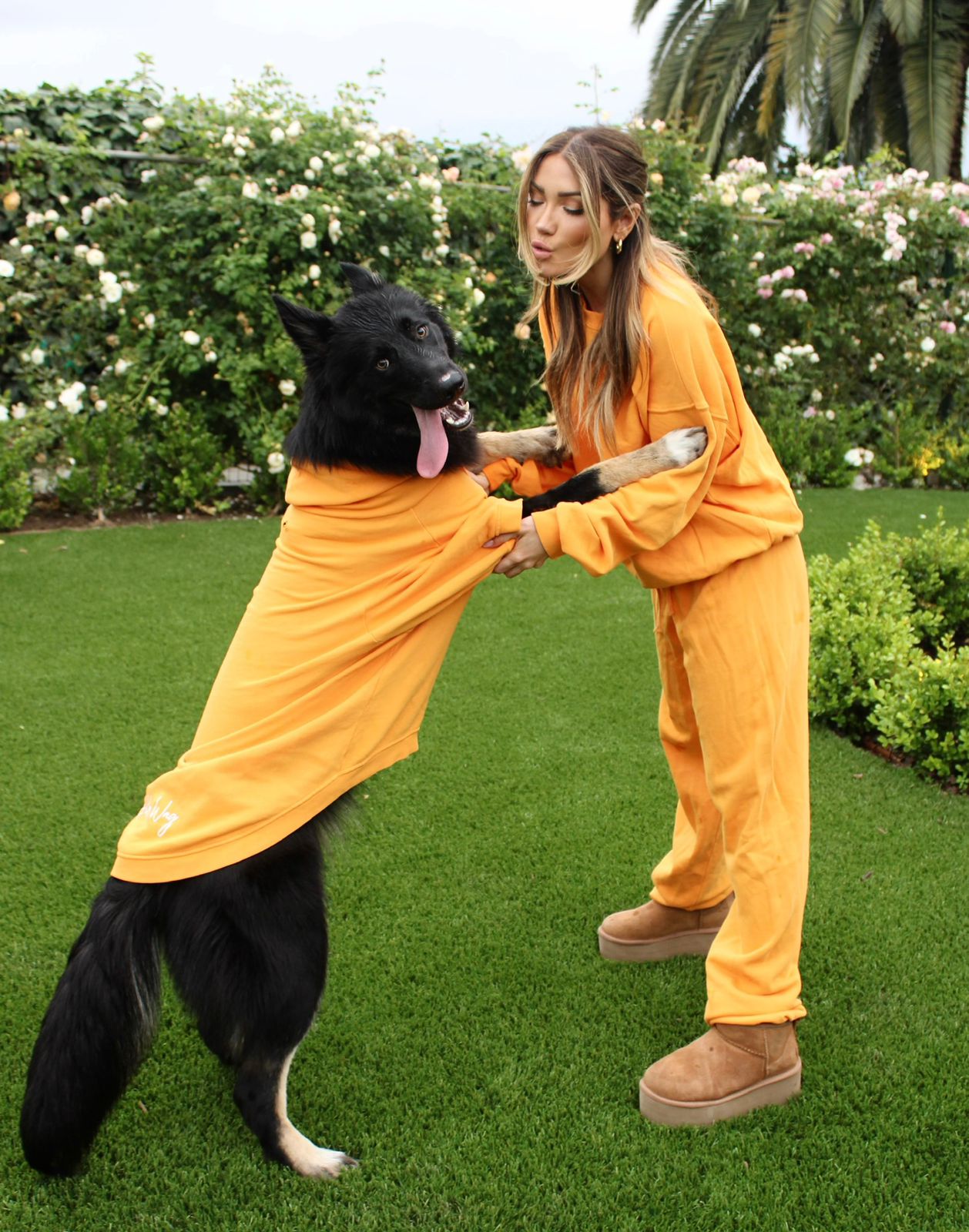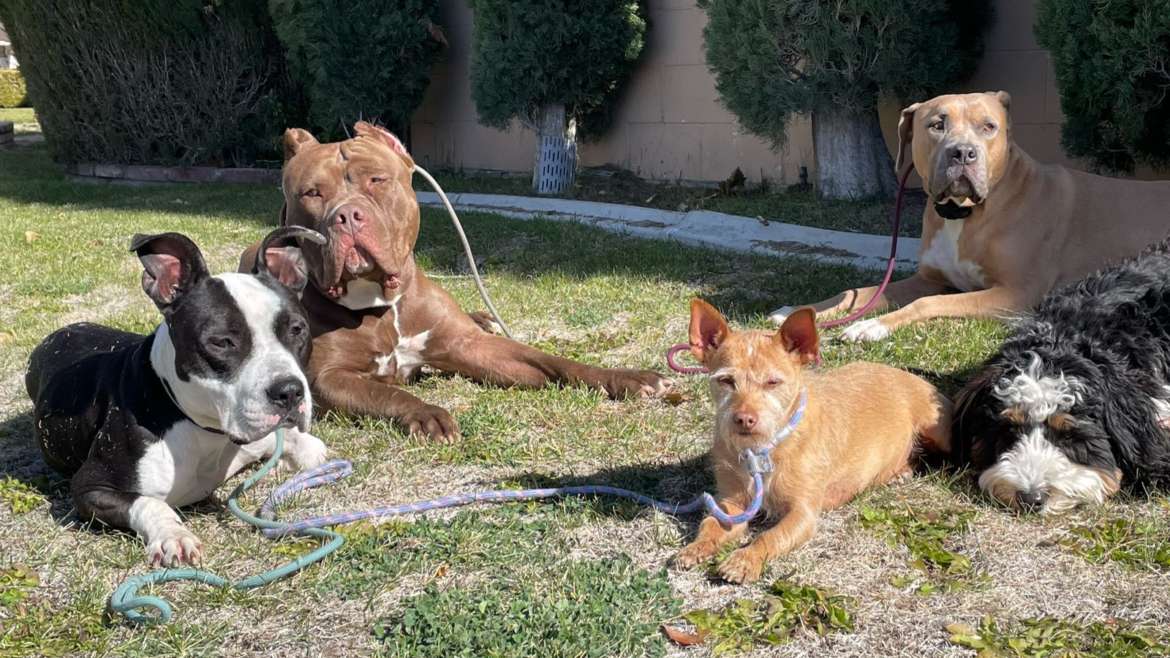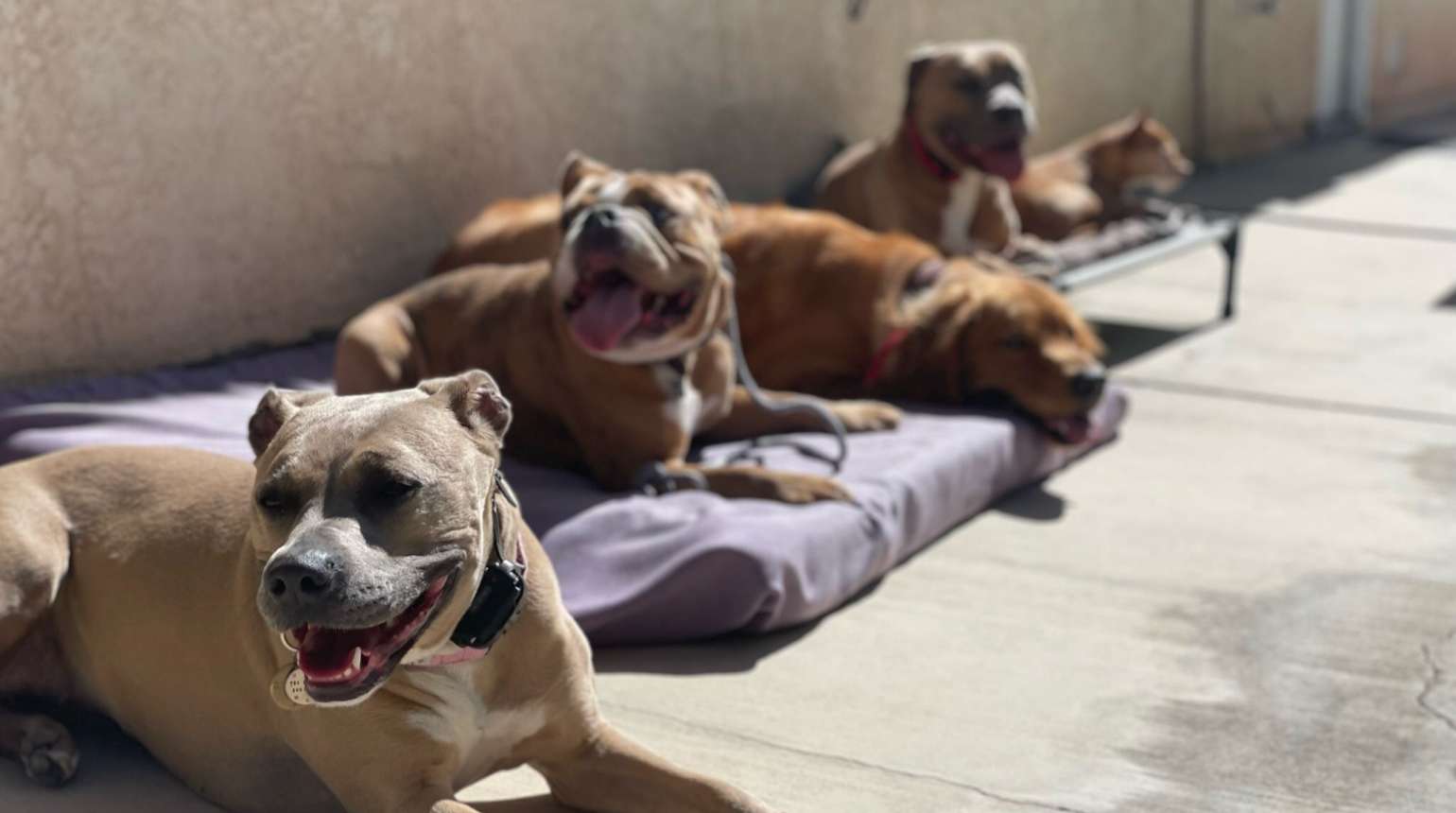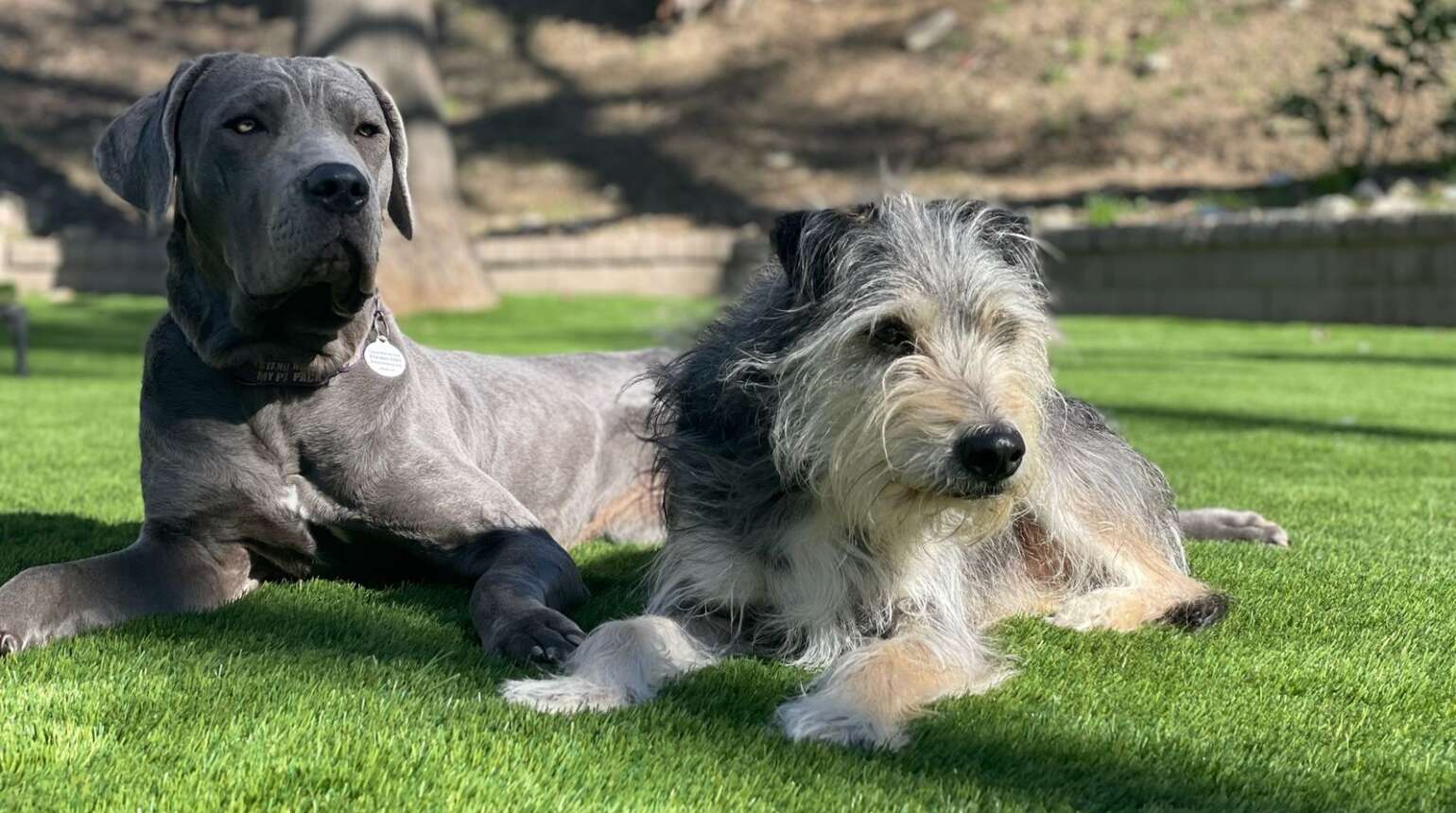The question about dogs… What is it, that attracts so many people to this amazing creature? Sure they are cute, fluffy, bouncy at times, utterly clumsy on others. They can bring so much joy to our lives without even realizing it. But they also live for over a decade, are over dependent on us to exist in this version of the world and can cost a lot of heartache and money. So what is it that attracts so many people to these creatures? I don’t believe any one person can answer that question, since people get dogs for a myriad of reasons. The one common denominator however is that all dogs speak dog and all humans can not help but “speak” (even without words) human. In that all dog owners are alike and all dogs are the same. A dog is a dog, is a dog and will always be a dog. What is different is the way one wishes to close the communication gap and, in doing so, become a better care taker and advocate for their dog. Understanding the what, the why and the how to achieve anything are the fundamental steps one can take in order to become a better teacher to their dogs. Therefore that is where one should start.
Each human learns better by answering one of the questions above. Starting with either what do I want my dog to do or what is my dog doing. That is the beginning of the conversation. If one learns better by being the observer then, it stands to reason, that by comprehending what this or that action done by a dog means might be what propels them to become better at training. What is you dog doing will have one of four answers. The dog is either in fight, flight, avoidance or surrender. Recognizing what state of mind a dog is, is one of the first steps in starting to learn the dog’s language. If the question on the other hand is, what do I want my dog to do, then one has to be honest with one’s self and be prepared to teach what it is they desire the dog to do. I believe that teaching is much easier when we are prepared to do it in the other’s language. Think about it, if you were learning math, would you feel more comfortable with a foreign speaker or with someone that spoke your language? That process of knowing what you desire the dog to do is the beginning of a long relationship, therefore start small. With achievable goals everyone involved will feel successful. No one likes to feel discouraged when they are learning. The harder the task, the harder one will have to have mastered the preparation to get there.

The why… the most human of all questions. Many people need to know the why of a behavior in order to become better at teaching alternate states of mind. Or maybe the question is why is it so important that my dog learns this or that. Both are valid the questions, the first however, comes with loads of answers and most likely won’t solve any behavior. The why of a dog (for a dog) is simply unimportant. The why a dog is in fight, flight, avoidance or surrender can have tons of answers depending on what importance you place in the reasons. Why is my dog scared of the broom? I couldn’t tell you, but I can sure show them that the broom is not scary by teaching them a different response to it. If we choose to continually ask why in this case, it is us sticking to the story… dogs live in the present moment, so even if they could tell us the why, it still wouldn’t be helpful in teaching them not be scared of a broom. Of the why one is seeking to teach their dog something is personal. For example: it is important to me that my dog not bolt out the front door. Why? Because in the human world bolting out the door can cause multiple problems… loosing the dog being the least of them. Once one knows their why (not the dog’s) then one can start being proactive in teaching the dog a different behavior. That is the why that matters. The other why is completely subjective and unhelpful.
How…. how do I teach my dog to do something? The how is, in my opinion, where the fun is. The how is learning something new. That is technique. Different dog trainers or behaviorists will present you with scores of different techniques. It is up to each individual to find a trainer or someone that they trust that will teach both dog and owner how to do something. Many clients come to me and all they wish to know is how to do something with their dogs. I present them with some versions of what I would do. But I stress that it shouldn’t and doesn’t end with what I taught them. Find what works for you and your dog. The how can be absolutely personal. Once the connection has been made, the how is how one chooses, for example, to paint. The canvas will always be no fight, no flight, no avoidance. How one gets there is up to them. If your how is using treats, have at it. If you prefer an ecollar then that is what works for you and the dog. Freedom within the form. And sometimes something that worked in the beginning of the lessons will not be needed by the end of it. The how is the path we choose to achieve a balanced and calm state of mind for both the dog and ourselves. The how is being creative with the variables.

Understanding one’s what, why and how is the compass that will guide you through dog ownership. We often fail at being present in teaching our dogs. We assume that they should know this or that. We take for granted that they are asking us for direction. We often bypass practice and expect perfection at game time. Don’t do that. Work with your dog with compassion. Work with yourself in being present when you are teaching them something that is important to you. Every time you start working with your dog be present and ask yourself: What do I want my dog to do? Why do I want them to do that? How will I teach them? And watch the magic happens. The journey is the reward, we know this… however our dogs are here to remind us of that every time we start teaching them (and ourselves) something new.
Happy training.



